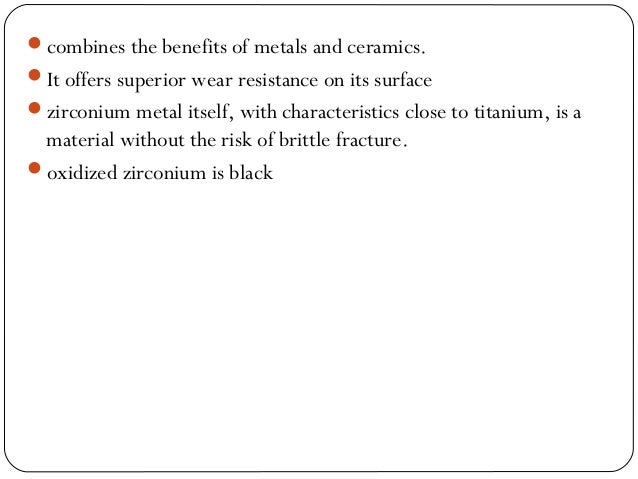According to tarasov et al brittleness was described as the instability degree of rock after.
Characteristics of ceramics brittleness.
Generally a ceramic with more defects is weaker.
Their strength depends on the number and type of defects that are present.
A material is brittle if when subjected to stress it breaks with little elastic deformation and without significant plastic deformation brittle materials absorb relatively little energy prior to fracture even those of high strength breaking is often accompanied by a snapping sound.
The accidental dropping of a glass beaker or a dinner plate leading to its fragmentation is a common experience in everyday life.
Another way at looking at resistance to failure for ceramic materials is to examine the energy required to drive cracks through the system.
After studying the deformation behavior of brittle materials a new parameter called brittleness measure χ was proposed.
Apparent in hard brittle ceramics at low indentation loads where n is signiþcantly less than 2.
Therefore it is the key work of many ceramic researchers to study the brittleness of ceramic materials and propose effective ways to improve it.
Some believed that brittleness was the characteristics before the material breaks howell 1960.
Industrial ceramics are commonly understood to be all industrially used materials that are inorganic nonmetallic solids.
The use of modern ceramics such as perovskites or transformation toughened zirconia calls for more detailed data than those provided by the conventional strength or crack resistance characteristics.
The ionic and covalent bonds of ceramics are responsible for many unique properties of these materials such as high hardness high melting points low thermal expansion and good chemical resistance but also for some undesirable characteristics foremost being brittleness which leads to fractures unless the material is toughened by.
Usually they are metal oxides that is compounds of metallic elements and oxygen but many ceramics.
Brittleness is probably the most fundamental property of ceramics and signifies poor resistance to impact and absence of plasticity.
The following will do a simple data collation for you.
Brittle materials include most ceramics and glasses which do not deform plastically and some polymers such.
Jun zhang chi ai yu wei li ming guang che rui gao jia zeng energy based brittleness index and acoustic emission characteristics of anisotropic coal under triaxial stress condition rock mechanics and rock engineering 10 1007 s00603 018 1535 9 51 11 3343 3360 2018.
Close scrutiny of vickers hardness load curves for ceramics such as those shown in 3 4 9 17 suggests a discrete transition point may exist where hardness changes from being load dependent to load indepen dent as illustrated in fig 1b.

